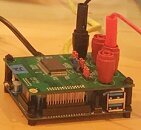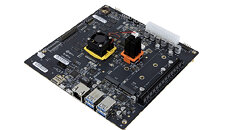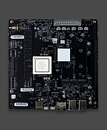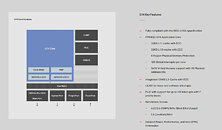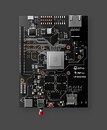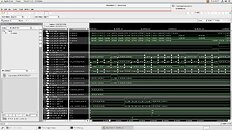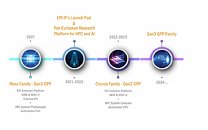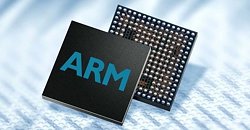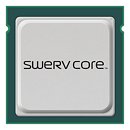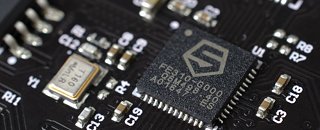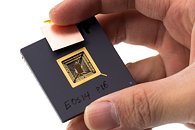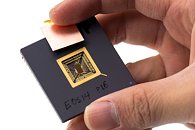RISC-V Processor Achieves 5 GHz Frequency at Just 1 Watt of Power
Researchers at the University of California, Berkeley in 2010 have started an interesting project. They created a goal to develop a new RISC-like Instruction Set Architecture that is simple and efficient while being open-source and royalty-free. Born out of that research was RISC-V ISA, the fifth iteration of Reduced Instruction Set Computing (RISC) ideology. Over the years, the RISC-V ISA has become more common, and today, many companies are using it to design their processors and release new designs every day. One of those companies is Micro Magic Inc., a provider of silicon design tools, IP, and design services. The company has developed a RISC-V processor that is rather interesting.
Apart from the RISC-V ISA, the processor has an interesting feature. It runs at the whopping 5 GHz frequency, a clock speed unseen on the RISC-V chips before, at the power consumption of a mere one (yes that is 1) Watt. The chip ran at just 1.1 Volts, which means that a very low current needs to be supplied to the chip so it can achieve the 5 GHz mark. If you are wondering about performance, well the numbers show that at 5 GHz, the CPU can produce a score of 13000 CoreMarks. However, that is not the company's highest-performance RISC-V core. In yesterday's PR, Micro Magic published that their top-end design can achieve 110000 CoreMarks/Watt, so we are waiting to hear more details about it.
Apart from the RISC-V ISA, the processor has an interesting feature. It runs at the whopping 5 GHz frequency, a clock speed unseen on the RISC-V chips before, at the power consumption of a mere one (yes that is 1) Watt. The chip ran at just 1.1 Volts, which means that a very low current needs to be supplied to the chip so it can achieve the 5 GHz mark. If you are wondering about performance, well the numbers show that at 5 GHz, the CPU can produce a score of 13000 CoreMarks. However, that is not the company's highest-performance RISC-V core. In yesterday's PR, Micro Magic published that their top-end design can achieve 110000 CoreMarks/Watt, so we are waiting to hear more details about it.
